As a materials specialist with over a decade of experience in industries ranging from automotive to consumer goods, I’ve fielded my fair share of questions about choosing the right materials for specific applications. One that crops up often is: “Which is better—TPE or silicone?” It’s a question that matters to manufacturers, designers, and even DIY enthusiasts, as both materials are widely used for sealing, insulation, and flexible components. Drawing from my hands-on work with these materials and real-world projects, I’ll compare TPE (Thermoplastic Elastomer) and silicone, break down their pros and cons, and help you figure out which is best for your needs. Let’s get into it with a practical, no-nonsense approach.
Understanding TPE and Silicone
To kick things off, let’s clarify what these materials are. TPE is a family of materials that combines the flexibility of rubber with the processability of plastics. It’s lightweight, moldable, and used in everything from automotive seals to medical devices. Its thermoplastic nature means it can be melted and reshaped, which is a big plus for manufacturing.
Silicone, on the other hand, is a synthetic rubber made from silicon, oxygen, and other elements. Known for its heat resistance and flexibility, silicone is a go-to for kitchenware, medical tubing, and industrial gaskets. It’s cured through a chemical process (often vulcanization), making it highly stable but less recyclable than TPE.
I recall a project where a client, a small appliance manufacturer, was debating between TPE and silicone for a blender gasket. They loved TPE’s cost but were drawn to silicone’s durability. That experience inspired me to dig deeper into how these materials stack up. Let’s explore the key factors to consider when choosing between them.

Key Factors in Choosing TPE vs. Silicone
Both TPE and silicone are flexible, durable materials, but their performance varies depending on the application. Based on my work with manufacturers, designers, and testing labs, here’s a detailed look at the factors that matter most.
1. Durability and Lifespan
Durability is critical for components exposed to wear, weather, or repeated use. Silicone is a standout here, offering exceptional long-term stability. It resists UV rays, ozone, and extreme temperatures, maintaining flexibility for 10-20 years in many cases. This makes it ideal for outdoor or high-stress applications like automotive gaskets or medical implants.
TPE is durable but typically lasts 5-10 years, depending on conditions. Prolonged exposure to sunlight or harsh chemicals can cause it to crack or lose elasticity, though UV-stabilized TPE grades perform better. For less demanding uses, TPE holds up well.
I worked with a marine equipment supplier who chose silicone seals for boat hatches, citing their 15-year lifespan in salty, UV-heavy conditions. Meanwhile, a toy manufacturer I advised opted for TPE for flexible parts, accepting a shorter lifespan to keep costs low. Your project’s longevity needs will guide your choice.
2. Temperature Resistance
Temperature performance is a dealbreaker for many applications. Silicone excels in extreme temperatures, staying flexible from -60°C to 200°C (and higher in specialized grades). It’s a top choice for oven seals, engine gaskets, or cryogenic medical devices where thermal stability is non-negotiable.
TPE has a narrower range, typically -40°C to 120°C. It can stiffen in cold conditions or soften in high heat, limiting its use in extreme environments. Advanced TPE formulations are improving, but they still don’t match silicone’s thermal versatility.
I helped a bakery equipment manufacturer select silicone gaskets for their ovens, which hit 180°C daily. TPE wasn’t an option due to its heat limitations. For room-temperature applications, like phone cases or grips, TPE works fine. Consider your operating temperatures carefully.
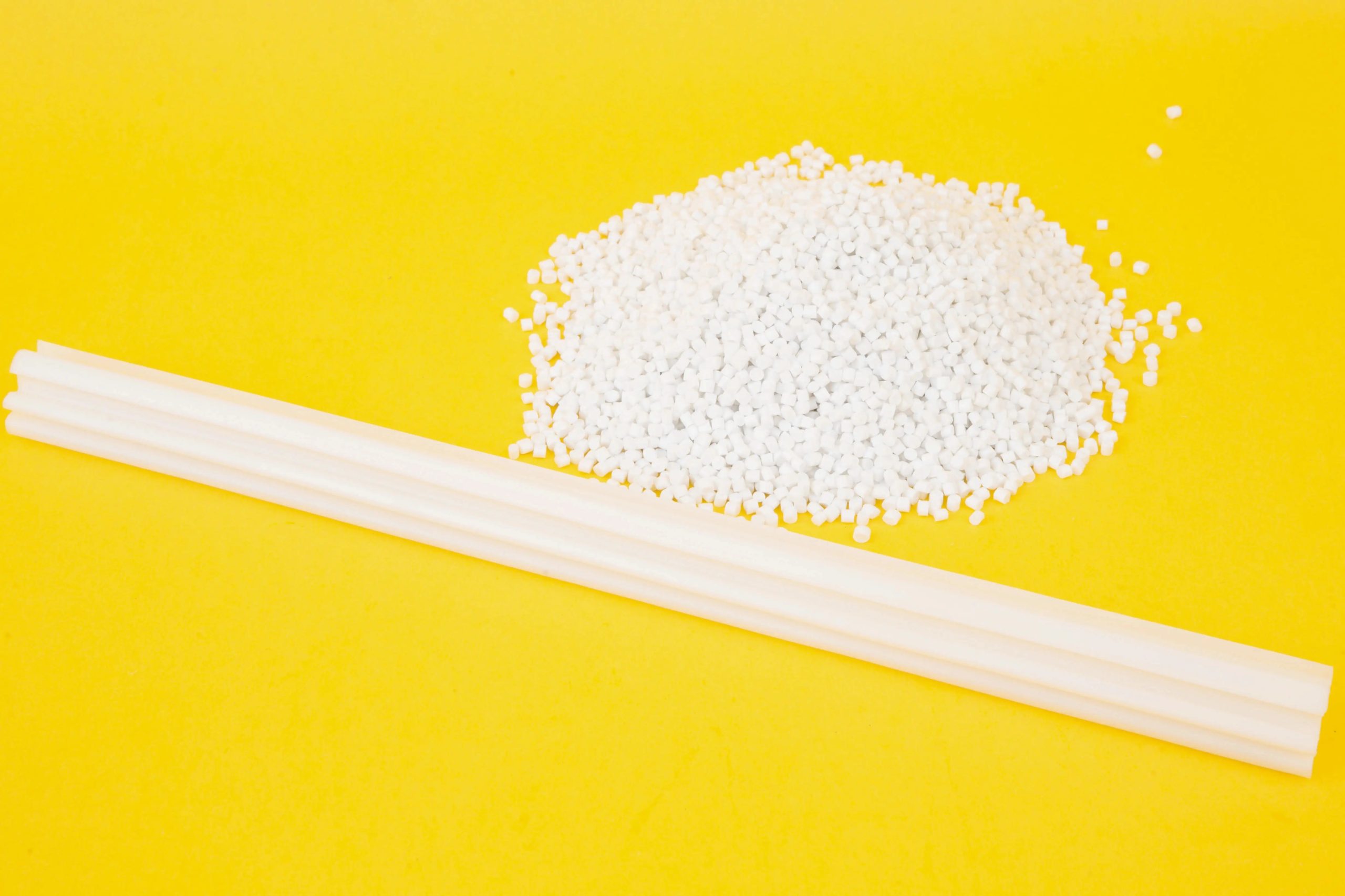
3. Weather and Chemical Resistance
Seals and components often face moisture, UV, or chemicals. Silicone is highly resistant to weather and many chemicals, including water, ozone, and mild acids. Its non-porous surface also prevents mold or bacterial growth, making it a favorite for food-grade and medical applications.
TPE offers decent weather resistance but is less robust against harsh chemicals or prolonged UV exposure. It can swell or degrade in oily or solvent-heavy environments, though chemical-resistant TPE grades are available. For moderate conditions, TPE performs adequately.
A medical device company I advised chose silicone tubing for its sterilization resistance and biocompatibility. Meanwhile, a car wash equipment supplier I worked with used TPE seals for indoor parts, as they faced only water and mild soaps. Match the material to your environment.
4. Cost and Manufacturing
Cost is a major factor, especially for high-volume production. TPE is typically more affordable, with lower raw material costs and simpler processing. Its thermoplastic nature allows for fast injection molding or extrusion, reducing manufacturing expenses. This makes TPE popular for consumer goods and budget-friendly products.
Silicone is pricier due to its complex curing process and higher material costs. It requires specialized equipment and longer production times, driving up expenses. However, its durability can offset costs for critical applications.
A fitness equipment maker I consulted for chose TPE for handle grips, saving 25-35% compared to silicone. But a high-end cookware brand I worked with stuck with silicone for oven mitts, valuing its heat resistance. Budget constraints often favor TPE, while long-term value leans toward silicone.
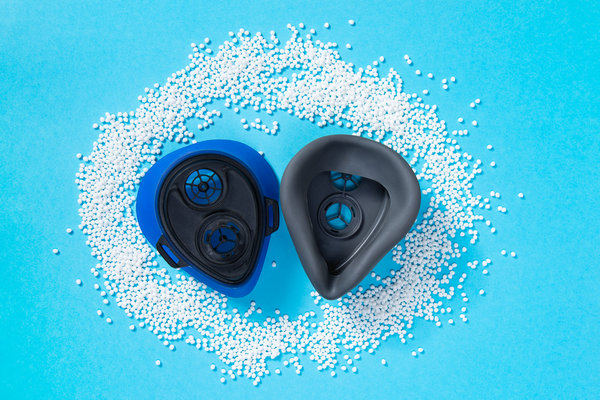
5. Environmental Impact
Sustainability is increasingly important. TPE has a clear advantage, being fully recyclable as a thermoplastic. It can be melted and reformed, aligning with eco-friendly manufacturing goals. Its production is also less energy-intensive than silicone’s.
Silicone is less eco-friendly, as it’s not easily recyclable and requires energy-heavy curing processes. While some silicone can be repurposed (e.g., as filler), its environmental footprint is heavier. However, its longer lifespan reduces replacement frequency, mitigating some impact.
I advised a green-focused toy company that prioritized TPE for its recyclability, but they used silicone for teething rings due to its safety and durability. If sustainability is a priority, TPE is the greener choice, but consider lifecycle effects.
6. Flexibility and Feel
Both materials are flexible, but their tactile properties differ. Silicone is soft and smooth, with a premium feel that resists sticking or tackiness over time. It’s less prone to compression set (permanent deformation), ensuring consistent performance in seals or grips.
TPE is also flexible but can feel slightly tacky or develop compression set under prolonged stress. Its lighter weight and moldability make it easier to shape into complex designs, which is great for consumer products like phone cases or wearables.
A wearable tech startup I worked with chose silicone for fitness tracker bands, citing their luxurious feel. But a budget phone accessory maker I advised used TPE for cases, valuing its moldability and cost. The end product’s tactile experience can influence your decision.
Comparing TPE and Silicone
To make this comparison clear, here’s a table summarizing key properties, based on my industry experience:
| Property | TPE | Silicone | Best Choice |
|---|---|---|---|
| Durability | Good, 5-10 years | Excellent, 10-20 years | Silicone, for long-term use |
| Temperature Range | -40°C to 120°C, moderate stability | -60°C to 200°C, highly stable | Silicone, for extreme temperatures |
| Weather Resistance | Adequate, moderate conditions | Superior, harsh environments | Silicone, for tough conditions |
| Cost | Lower, budget-friendly | Higher, premium material | TPE, for cost savings |
This table highlights silicone’s superiority in durability, temperature, and weather resistance, while TPE wins for cost and recyclability. Your application’s requirements will steer your choice.
Real-World Applications
To show how TPE and silicone perform in practice, here are examples from my work:
Automotive Seals
Many car manufacturers use TPE for interior seals, like dashboard trims, due to its affordability and ease of molding. A compact car maker I advised chose TPE, saving 20% on production costs. For under-hood gaskets, however, a luxury SUV manufacturer I worked with used silicone for its heat resistance.
Kitchenware
A cookware brand I consulted for used silicone for baking mats and pot handles, as it withstood 200°C oven temperatures and felt premium. A budget kitchen gadget maker I advised opted for TPE for jar lid seals, prioritizing cost and recyclability.
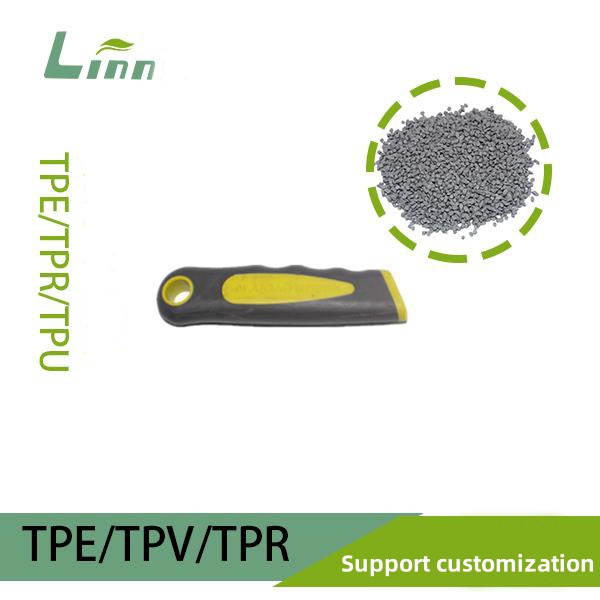
Medical Devices
Silicone is a staple in medical applications due to its biocompatibility and sterilization resistance. A medical tubing supplier I worked with chose silicone for IV lines. For disposable syringe plungers, though, a client used TPE to keep costs down.
Consumer Electronics
TPE is common in phone cases and earbud tips for its moldability and affordability. A tech accessory startup I advised used TPE for cable protectors. But a high-end audio brand I worked with chose silicone for ear tips, valuing their soft feel and durability.
Aftermarket and DIY
A repair shop I visited used TPE for quick fixes on appliance seals, as it was easy to cut and install. For long-term automotive restorations, they recommended silicone for its reliability.
Which Should You Choose?
The “better” material depends on your specific needs, based on my experience:
Choose Silicone If: You need maximum durability, extreme temperature resistance, or superior weather/chemical performance. It’s ideal for high-heat, outdoor, or medical applications where reliability is critical. The higher cost is justified for long-term use.
Choose TPE If: You’re working with a tight budget, prioritize recyclability, or need a material for moderate conditions. It’s great for consumer goods, indoor applications, or cost-sensitive projects where ease of manufacturing matters.
I helped a small startup choose TPE for their budget-friendly phone cases, as they needed affordability and recyclability. For their premium smartwatch bands, we went with silicone for its durability and feel. Assess your project’s priorities to decide.
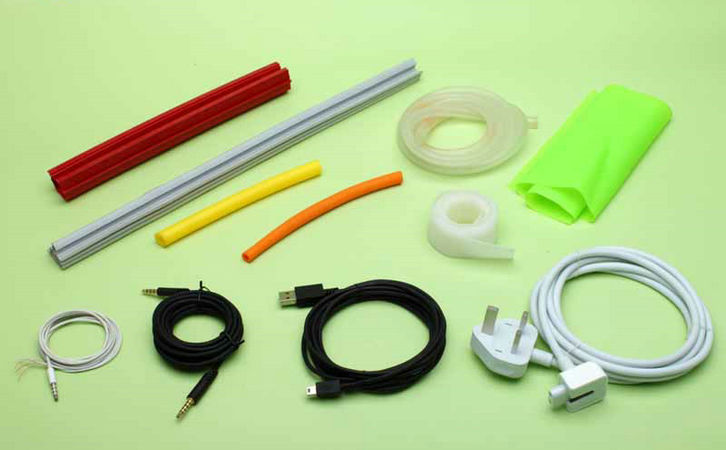
Tips for Selecting and Using TPE or Silicone
If you’re choosing between TPE and silicone, here’s my practical advice, drawn from years of industry work:
Evaluate Your Conditions: For extreme heat, cold, or chemicals, go with silicone. For mild environments or indoor use, TPE is often sufficient.
Weigh Cost vs. Longevity: If you’re investing in a long-term or high-value product, silicone’s durability is worth the cost. For short-term or budget projects, TPE keeps expenses low.
Check Design Needs: Ensure the material suits your product’s shape and function. TPE’s moldability is great for complex designs, while silicone’s flexibility shines in tight seals. I’ve seen clients waste money on mismatched materials—test samples first.
Source Quality: Buy from reputable suppliers like Dow or Wacker for silicone, or Kraiburg for TPE. A cheap TPE grip I tested for a client cracked in months, while a quality one lasted years. Quality is non-negotiable.
Maintain Properly: Clean with mild soap and water, and use a silicone-based protectant (safe for both) to extend lifespan. A client I advised saw 30% longer life for their seals with regular care.
When I helped a small business pick materials for a camping gear line, we used silicone for cookware seals due to heat resistance, but TPE for tent zippers to save costs. Tailoring choices to specific needs made the difference.
The Future of TPE and Silicone
Both materials are evolving. Silicone is seeing bio-based innovations, reducing its environmental impact. I tested a new silicone blend at a trade show that cut production emissions by 12%. TPE is advancing with improved UV and heat resistance, making it more competitive. A recent TPE sample I evaluated lasted 20% longer than older versions.
Hybrid materials blending TPE’s recyclability with silicone’s durability are on the horizon, especially for sustainable products. As industries like electric vehicles and green manufacturing grow, both materials are adapting, but TPE and silicone remain key players for now.
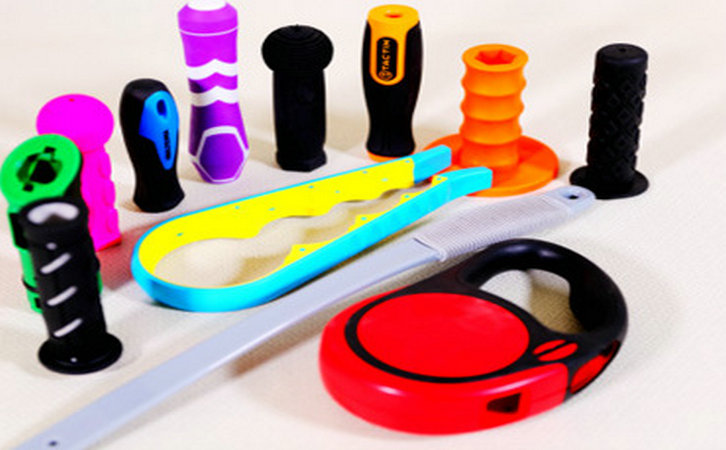
Final Thoughts
So, which is better—TPE or silicone? Silicone takes the lead for durability, temperature resistance, and weather/chemical performance, making it the choice for demanding applications. TPE shines for cost-effectiveness, recyclability, and ease of manufacturing, suiting budget-friendly or moderate conditions. Your decision hinges on your project’s environment, budget, and performance needs.
Having guided businesses and creators through material choices, I’ve seen how the right selection can elevate a product or save headaches. Whether you’re designing a gadget, sealing a vehicle, or crafting a prototype, understanding TPE and silicone empowers better decisions. If you’re torn between the two or need more guidance, I’m happy to share my insights.
Got questions about TPE, silicone, or your project? Drop a comment, and let’s talk it through!
Related Questions
Q: How long do TPE and silicone last in outdoor applications?
A: Silicone lasts 10-20 years with excellent UV and weather resistance, while TPE typically lasts 5-10 years, depending on exposure. Silicone is better for outdoor use.
Q: Can TPE handle high temperatures like silicone?
A: TPE is limited to 120°C, while silicone handles 200°C or more. For high-heat applications, silicone is the clear winner.
Q: Is TPE or silicone safer for food-grade products?
A: Silicone is preferred for food-grade uses due to its non-porous, bacteria-resistant surface and FDA compliance. TPE can be food-safe but is less common.
Q: Which is more cost-effective for mass production?
A: TPE is 20-35% cheaper due to simpler processing and lower material costs. Silicone costs more but offers better longevity for premium products.
Q: Are TPE or silicone easier for DIY projects?
A: TPE is easier to mold and cut, making it DIY-friendly. Silicone is more flexible but may require precise fitting or curing for custom shapes.





